
|
Dark Noise in Olympus E-M5 and E-M1 cameras |

|
My other articles related to the |
|
At the lowest light levels (i.e. longest exposures and/or highest ISO settings), the dark noise becomes one of the factors limiting the image quality. This noise consists of two components: static (pixel-to-pixel within the same frame) and random (frame-to-frame for the same pixel). Please refer to my noise article for more on the subject. For every "serious" camera I'm planning to use, I am going through the exercise of shooting a number of "dark frames" (with the lens capped) and analyzing the results to gain some knowledge of the camera's capabilities and limitations in that aspect. With the E-M1 and E-M5 this becomes even more important: both cameras were enthusiastically received by the market, at the same time (especially the E-M1) raising some complaints about the noise at lowest light levels. OK, so here we come again... The dark frames, taken with no light reaching the imager, approximate quite well what we may see in the deepest shadows of an actual picture. In real pictures that would be superimposed over the actual shadow detail (if any), but that would only be a hindrance in this analysis. For this experiment, the camera parameters were set to the most neutral values: manual exposure, WB at 5300K, Picture Mode at Natural with no adjustments, noise filter (dynamic) off, SHQ (1:2.7) in-camera JPEGs. All samples were duplicated: with and without the (static) Noise Reduction. Obviously, AF and IS were disabled. Most of the 1:1 samples are presented are shown as small 120×120 crops, all taken from the same place in the frame (x=2000, y=1500). Some will be shown in larger crops. To make noise effects easier to compare between samples, most comparisons involve stretching of the dynamic range in postprocessing, with the 0..64 luminance interval expanded to the full 0..255 range; roughly speaking, the visible noise is therefore multiplied by four, and so is the averaged black level. Here is an example, comparing two versions of the same sample fragment: one unaltered, straight from the camera (except for cropping, that is), and another, after a 4× stretch. For the record, this is the E-M1, 15 seconds at ISO 12800, no NR.
|
| 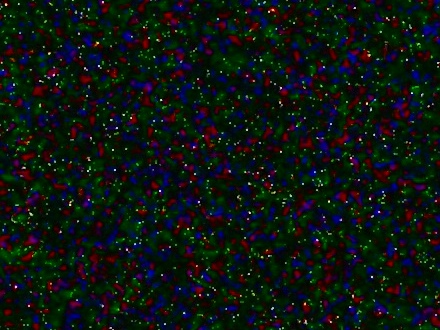
E-M1, 15 s, ISO 12800, no NR, original
| 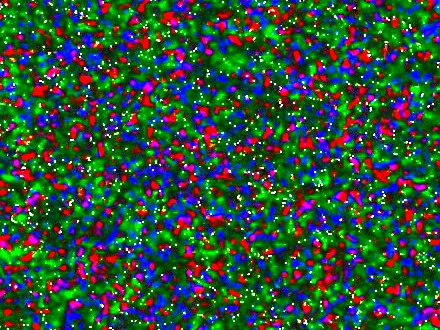
The same, after tonal stretching
|
It may be quite entertaining to add another dimension to this comparison, to show how Noise Reduction affects long exposures. Here is another sample (with and without stretching) shot with the E-M1 set identically as above, but with noise reduction turned on.
|
| 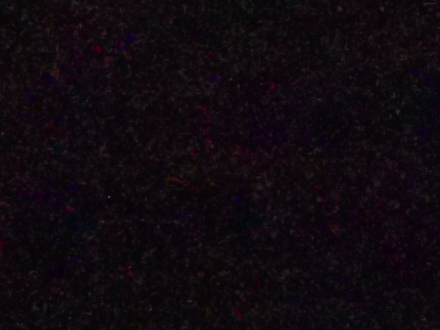
As above, NR on, original
| 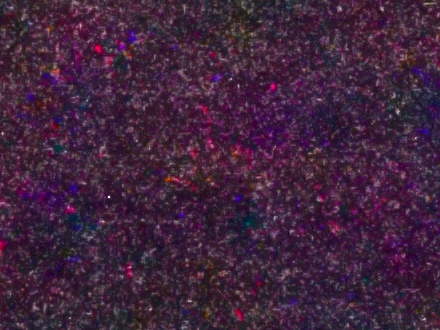
As on the left, stretched
| The static frame noise reduction used by Olympus from the early days of the Four Thirds system works amazingly well, at least within the right exposure/ISO range (more on that below). Please note that, in addition to the white spikes, the process also removes practically all of the green patterns, better seen in the stretched version. (Again, we are going to discuss the green stuff later.) Dependency on ISO and exposure time Here are stretched samples for both cameras at selected shutter speeds and ISO values, with and without Noise Reduction (static dark-field subtraction). | ||||||
| . | E-M5 | E-M1 | ||||||
|---|---|---|---|---|---|---|---|---|
| 1 s | 4 s | 15 s | 60 s | 1 s | 4 s | 15 s | 60 s | |
400 |

|

|

|

|

|

|
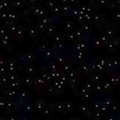
|
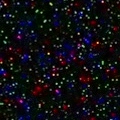
|
400 + NR |

|

|

|

|

|

|

|

|
| 1 s | 4 s | 15 s | 60 s | 1 s | 4 s | 15 s | 60s | |
800 |

|

|

|

|

|

|

|
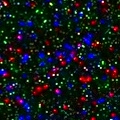
|
800 + NR |

|

|

|

|

|

|

|
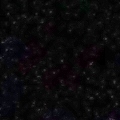
|
| 1 s | 4 s | 15 s | 60 s | 1 s | 4 s | 15 s | 60s | |
1600 |

|

|
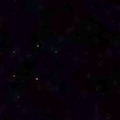
|

|

|

|
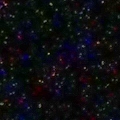
|
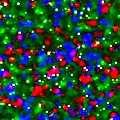
|
1600 + NR |

|

|

|

|

|

|

|
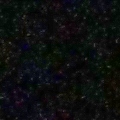
|
| 1 s | 4 s | 15 s | 60 s | 1 s | 4 s | 15 s | 60s | |
3200 |

|

|

|
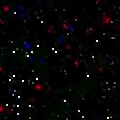
|

|
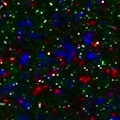
|
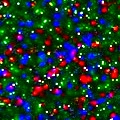
|
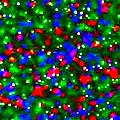
|
3200 + NR |

|

|

|
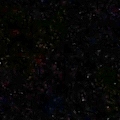
|

|

|

|
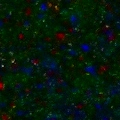
|
| 1 s | 4 s | 15 s | 60 s | 1 s | 4 s | 15 s | 60s | |
6400 |
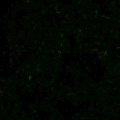
|

|
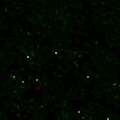
|
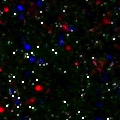
|

|
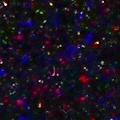
|
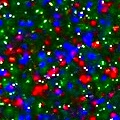
|
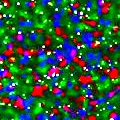
|
6400 + NR |
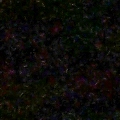
|
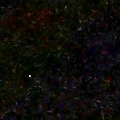
|
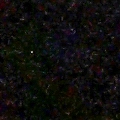
|
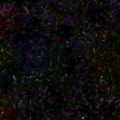
|

|

|
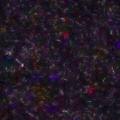
|
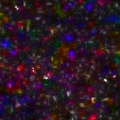
|
| 1 s | 4 s | 15 s | 60 s | 1 s | 4 s | 15 s | 60s | |
12800 |
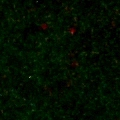
|
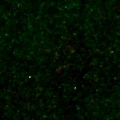
|
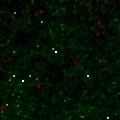
|
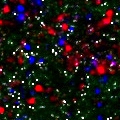
|

|
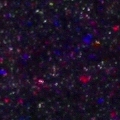
|
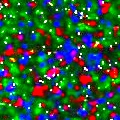
|
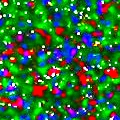
|
12800 + NR |
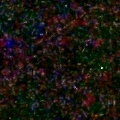
|
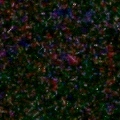
|
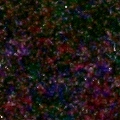
|
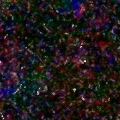
|
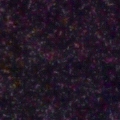
|
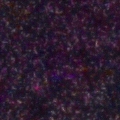
|
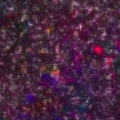
|
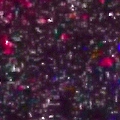
|
| 1 s | 4 s | 15 s | 60 s | 1 s | 4 s | 15 s | 60s | |
25600 |
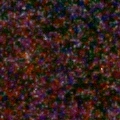
|
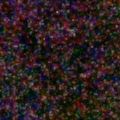
|
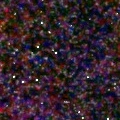
|
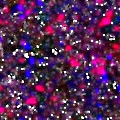
|
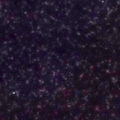
|
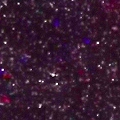
|
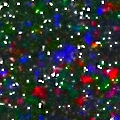
|
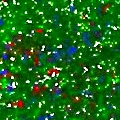
|
25600 + NR |
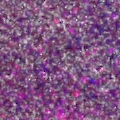
|
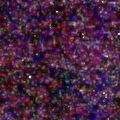
|
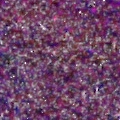
|

|
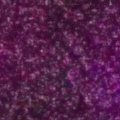
|
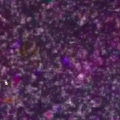
|
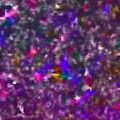
|

|
| 1 s | 4 s | 15 s | 60 s | 1 s | 4 s | 15 s | 60s | |
| E-M5 | E-M1 | |||||||
|
Note that the 4× stretching of these samples magnifies not only the noise amplitude, but also the black level, i.e. the average brightness of the image's blacks (here: the whole frame). To give you some idea how the unmagnified samples look (and just to bring you back into perspective), here are the samples for both cameras at ISO 25600 and 60 sec, not stretched, i.e. basically straight from the camera.
|
| 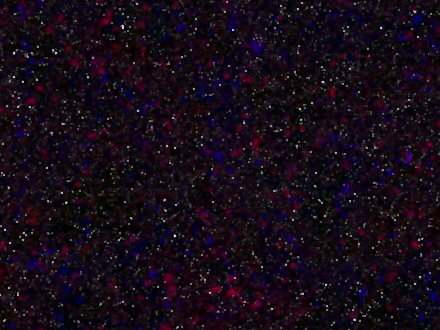
E-M5, ISO 25600, 60 s, NR off
| 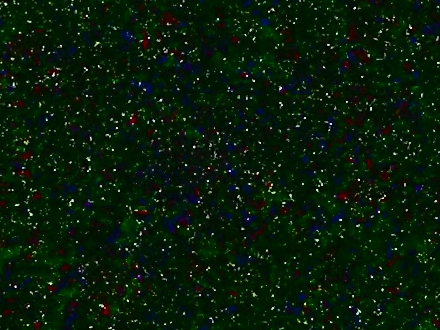
E-M1, ISO 25600, 60 s, NR off
|
|  E-M5, ISO 25600, 60 s, NR on
E-M5, ISO 25600, 60 s, NR on
| 
E-M1, ISO 25600, 60 s, NR on
|
Clearly, at this ISO setting and exposure time both cameras are struggling, but the E-M1 seems to have more problems than its more humble sibling. While noise reduction helps, it does not make results usable. Still, if you are not into long-exposure astrophotography, you just don't care.
Now let me share my impressions from scrutinizing these samples (actually, I used full frames for this analysis, but this was just a matter of convenience). Here is what I see.
I suspect that the total change in hue for NR-enabled samples in the E-M1 may be caused by the fact that the sensor is warmer at the second (dark-field) exposure than it was at the first one. The second frame gets more (predominantly green) noise than the first one had, so after the dark-field subtraction the results ends up in negative green, i.e., magenta. For the E-M5, even without the Green dominant in non-NR images, there is, obviously, some extra green added in the dark field, so that the difference (final sample) turns magenta as well. Longest usable exposure times Based on the sample matrix above and my own preferences of how much static noise I am willing to accept, here are (what I consider to be) longest exposure times applicable at various ISO settings). This assumes Noise Reduction being used. Because of 2 EV spacing in exposure times, the values shown below may be up to 1 EV (factor of 2×) off in either direction. Still, I don't consider the topic critical enough to double the number of samples taken. Also, feel free to ignore this table (as it introduces an extra degree of subjectivity) and derive one of your own based directly on samples shown above.
|
| ||||||||||||||||||||||||||||||
|
This table is not just subjective, but also quite crude, as the pattern of the camera's behavior is not quite consistent; I am sure the algorithms (or parameters) used in noise reduction (and not only) change abruptly at certain ISO values. For example, E-M5 samples at ISO 1600 with NR look like no others: the black level is clearly raised and a magenta tint is quite strong. Actually, I prefer the no-NR samples here, except for the one at 60 seconds, where NR does a clean job in removing white spikes. This effect disappears at the next higher ISO shown; clearly, a switch to a bigger stick. (I had to re-run this part just to check if this was not some error.) These exposure time limits do not really have practical significance, as long as you follow the simple, common-sense rules of ISO setting:
Also remember that in many images the noise may be more visible when superimposed over a gray (as opposed to black) area, my values may shift a bit. Good news here: my dark noise frames show no banding — and that is true for both cameras. For comparison, the E-30 was showing what I called "traces of banding", the effect was quite visible in the E-3, and even more visible in the E-510. I can think of a few mechanisms causing some banding only in the presence of at least some light, but this would be pushing it. If and when I see this effect in actual pictures, I will update this section; at present things look just peachy. Conclusions The E-M5 and E-M1 are not cameras designed to perform well in long-exposure astrophotography. For that, look elsewhere, preferably for a camera with a "full frame" sensor. (The quotes are intentional: a few decades ago this size was called "small frame".) For any other use, however, the static noise in these cameras is not a hindrance: exposures of up to 60 seconds should be clean up to ISO 400 (or a bit higher), and ISOs above that are perfectly usable below one second. Even ISO 25600 delivers sort-of acceptable results at handholdable shutter speeds, as you can see in my high-ISO image samples. |

|
My other articles related to the |
| Home: wrotniak.net | Search this site | Change font size |
| Posted 2014/01/22; last updated 2017/05/31 | Copyright © 2014-2017 by J. Andrzej Wrotniak. |